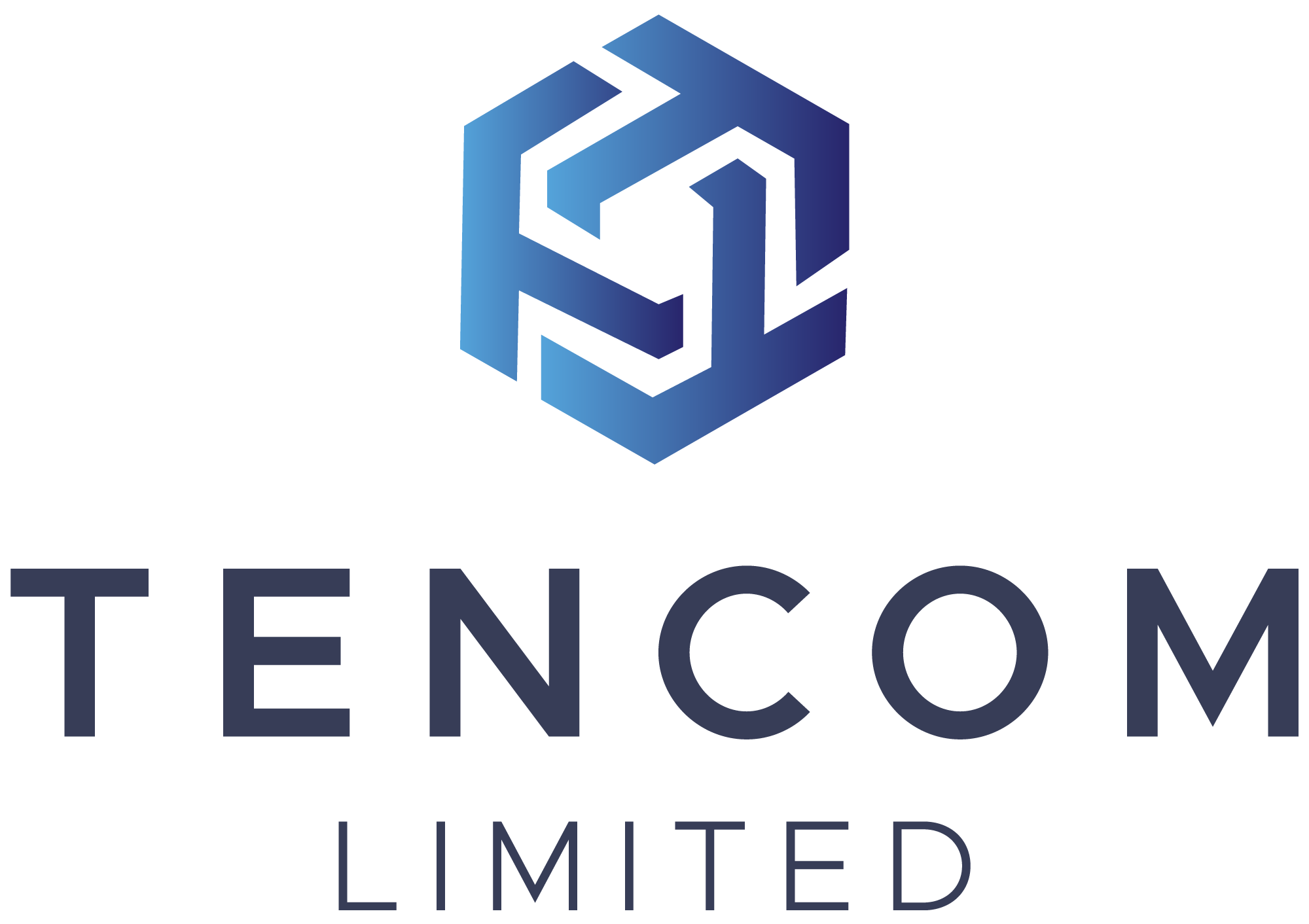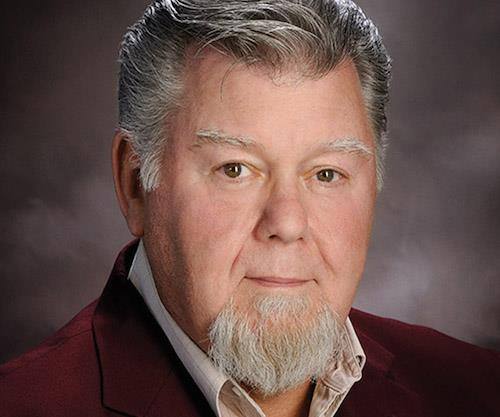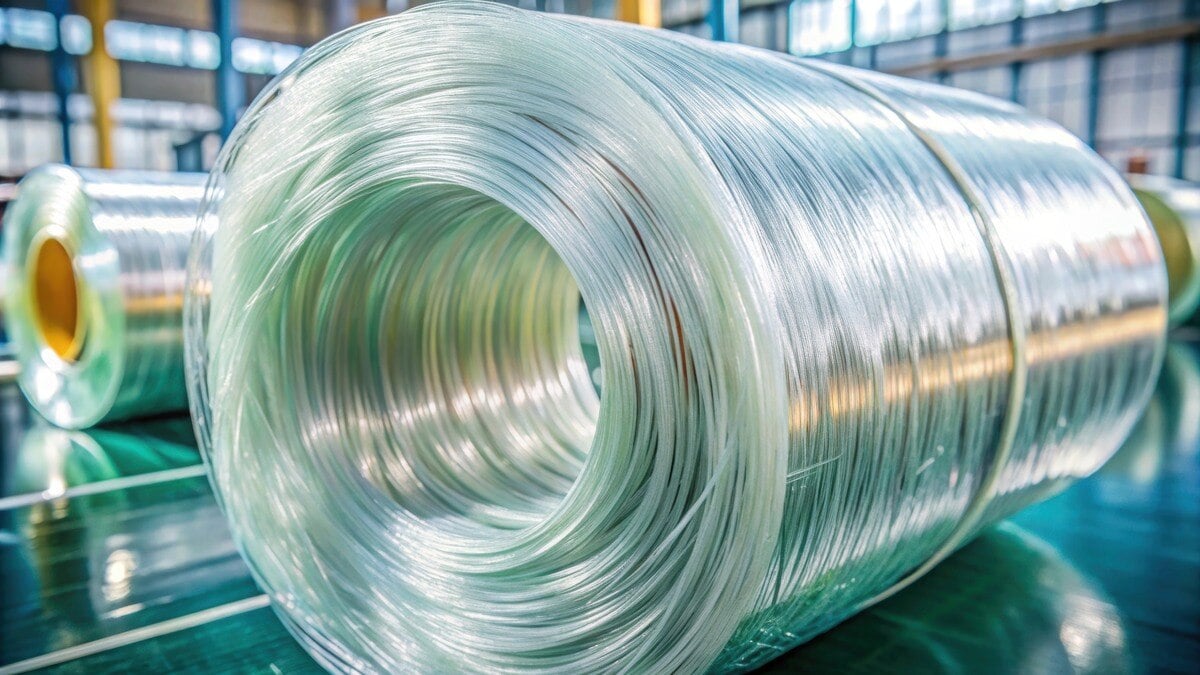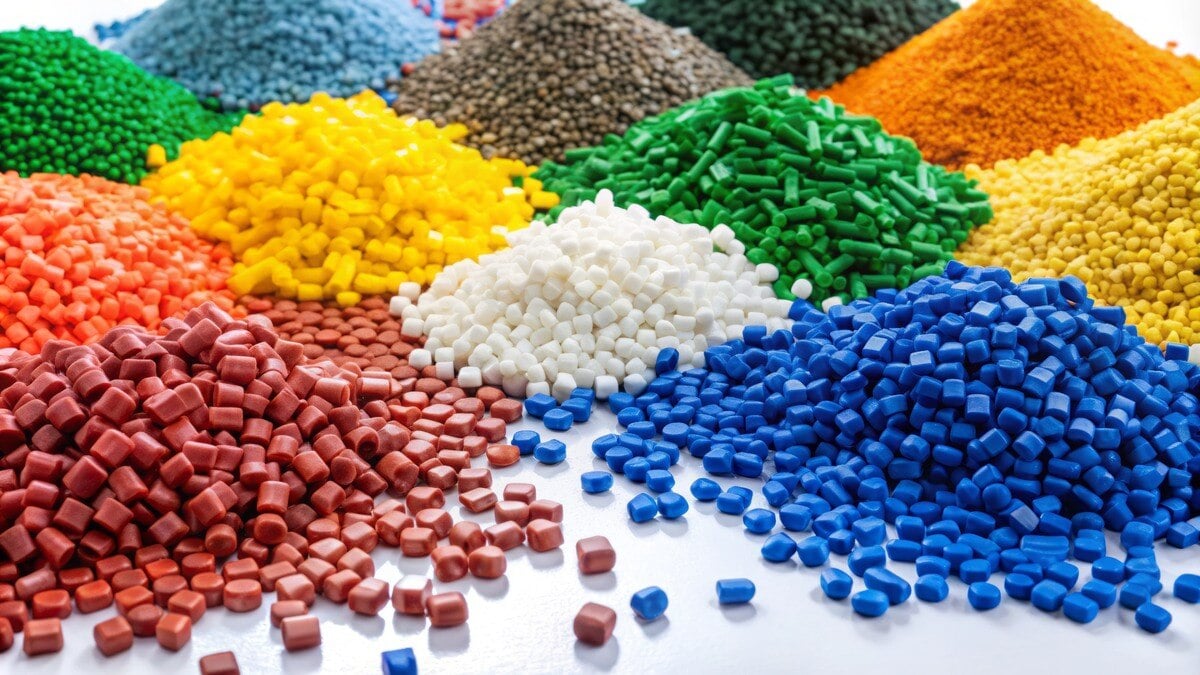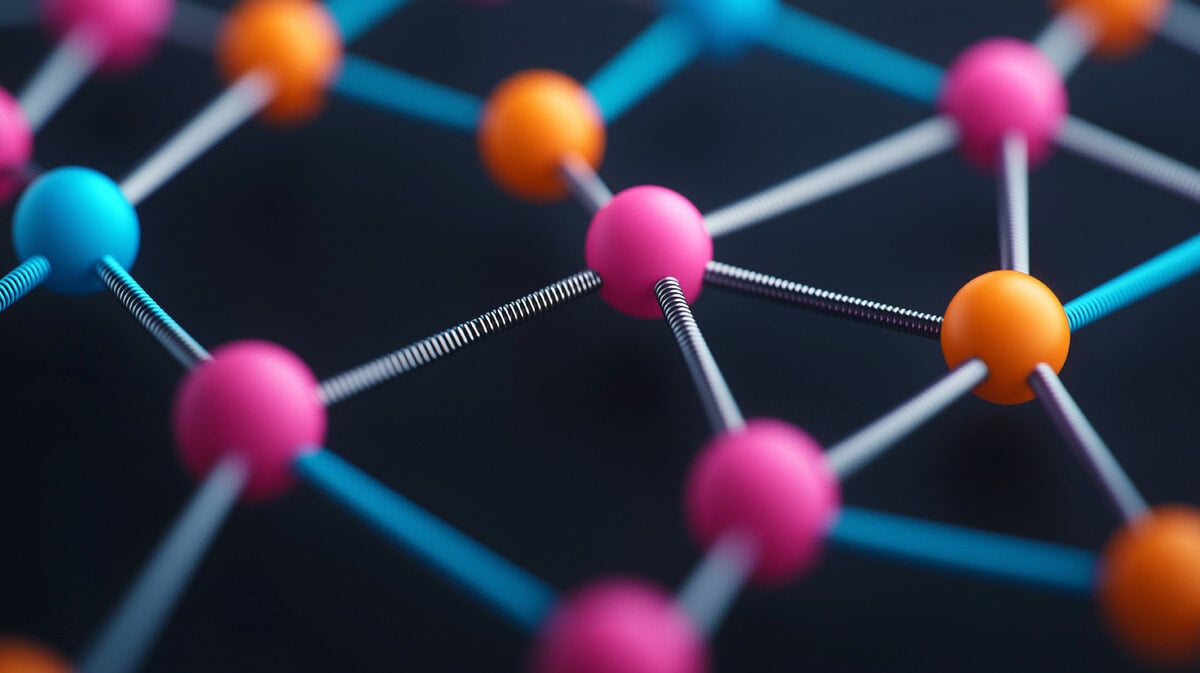
Few names resonate as profoundly in the world of composite materials as Dave Green. His contributions to fiberglass pultrusion have not only shaped the industry but also paved the way for significant advancements in manufacturing processes worldwide.
Today, we delve into the legacy of David E. Green, exploring his journey and the indelible contributions he has made to the composites industry.
Early Life and Career Beginnings
Dave Green's story begins with a deep-rooted passion for materials science. Born in the United States, Green's career trajectory was set early on as he earned a reputation for his innovative approaches in the composites field. With over 47 years of experience in composites engineering, his expertise in pultrusion was unparalleled. Green was not just an engineer; he is a visionary who saw beyond the limitations of traditional materials.
The Pultrusion Process and Green's Innovations
Pultrusion is a manufacturing process where continuous fiber reinforcements are impregnated with resin, pulled through a heated die to cure, forming a profile with a constant cross-section. It's a method that has revolutionized how we produce composites, offering strength, durability, and versatility at a reduced cost compared to metals like steel or aluminum.
David E. Green contributed significantly to this process:
- Reverse Forming Guide: One of his notable inventions was the reverse forming guide, also known as the constant velocity guide. This innovation was essential in eliminating wrinkling and reducing stretching in the fibrous mats used in pultrusion, ensuring smoother, more uniform composite profiles.
- Patents and Publications: Green was prolific in patenting his ideas, with several patents under his belt that focused on improving pultrusion techniques. His work has been documented in various industry publications, including a guest column in "Composites World," where he shared insights on the history and myths surrounding pultrusion.
- Consultancy and Education: Beyond direct contributions to technology, Green serves as an application/development engineer for Tencom Ltd., where he mentors and educates others in the field. His consultancy work helped companies optimize their pultrusion processes, leading to better products and more efficient manufacturing.
Impact on Green Manufacturing
Dave Green's work extended into making pultrusion a more environmentally friendly process:
- Energy Efficiency: By improving the pultrusion process, Green helped reduce the energy consumption associated with composite manufacturing. Pultruded materials are lighter, which means less energy is required for transportation and installation, lowering the overall carbon footprint.
- Sustainability: His innovations contribute to the growing field of sustainable manufacturing. Pultruded composites are now key in numerous green applications, from renewable energy systems like wind turbine blades to eco-friendly construction materials.
Legacy and Influence
Green’s legacy is not just in the products he helped create but in the way he inspires a generation of engineers and scientists. His work has made an indelible mark on the composites industry, promoting a shift towards materials that are not only strong and durable but also sustainable and efficient.
- Educational Contributions: Green's influence continues through his publications and the knowledge he imparted to colleagues and students. His insights into the interplay between materials science and practical applications are still studied and applied.
Conclusion
Dave Green's journey in the world of fiberglass pultrusion is a testament to how one individual's dedication and innovation can lead to widespread industry transformation. His contributions have made composites more accessible, efficient, and environmentally friendly, ensuring his legacy in the field will endure for years to come.
Whether through his inventive patents, educational efforts, or direct impact on manufacturing, Green has undeniably shaped the future of composites. Through his pioneering work in pultrusion, he has made the world a little more robust, a bit greener, and significantly more interconnected.
